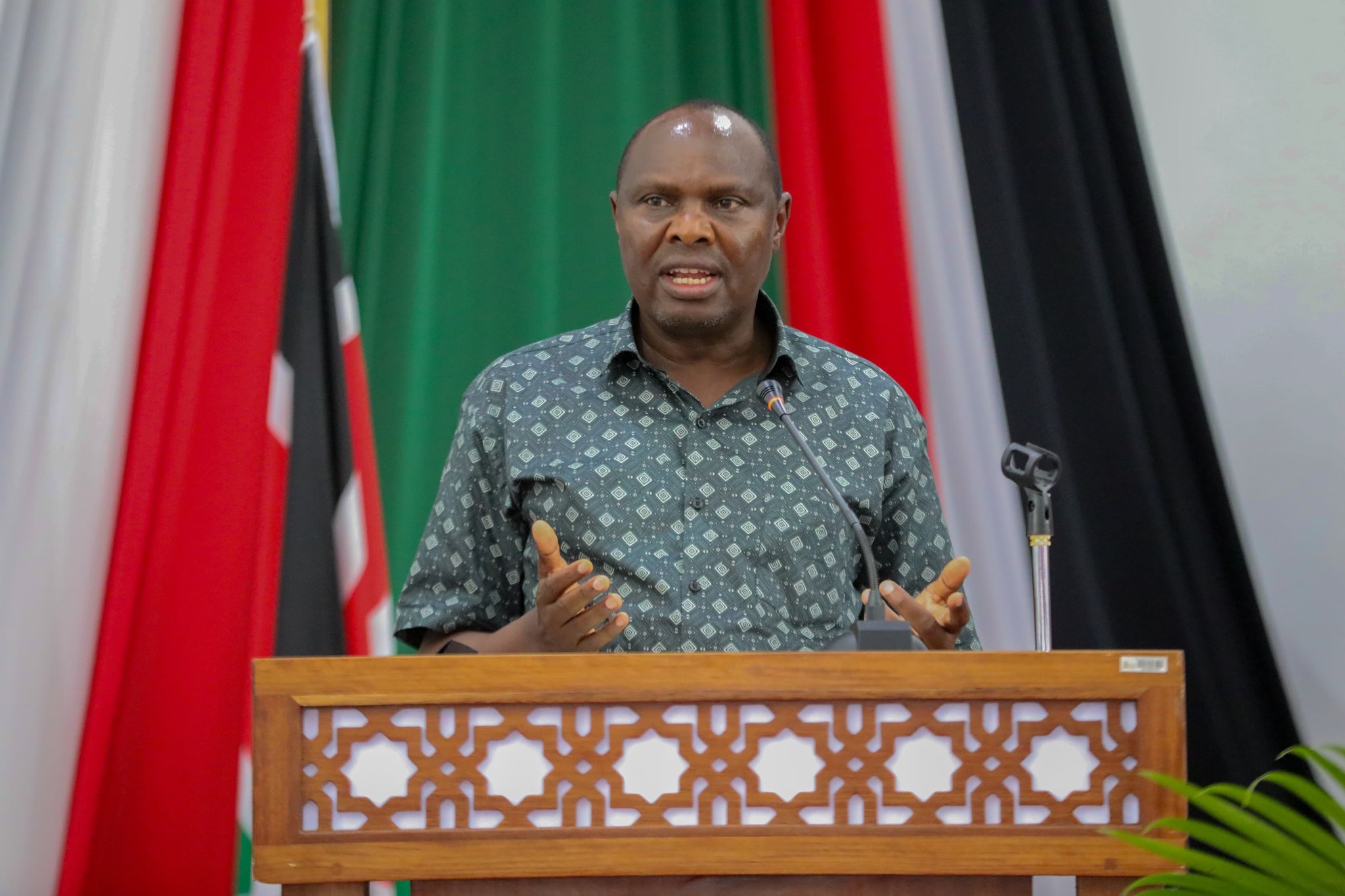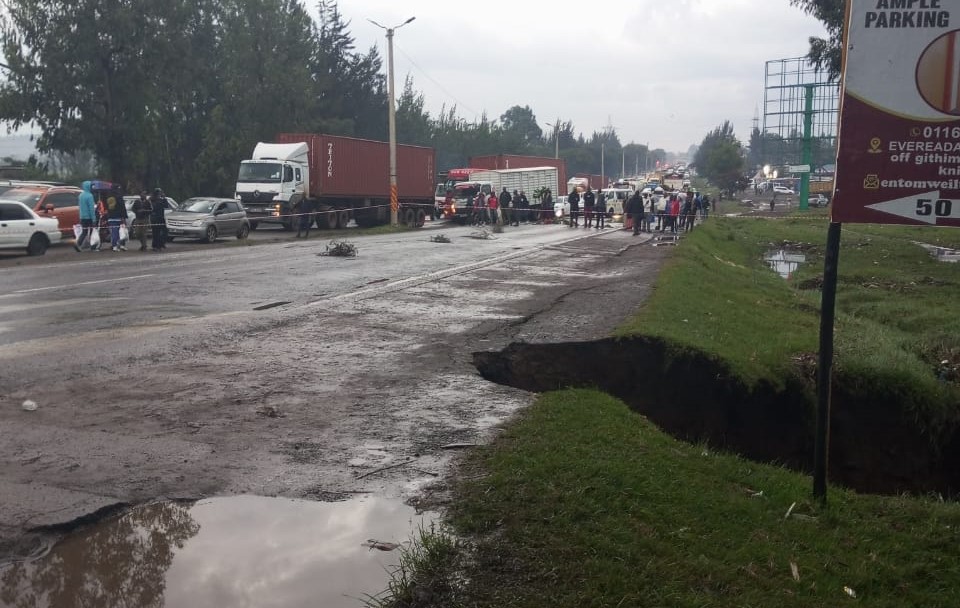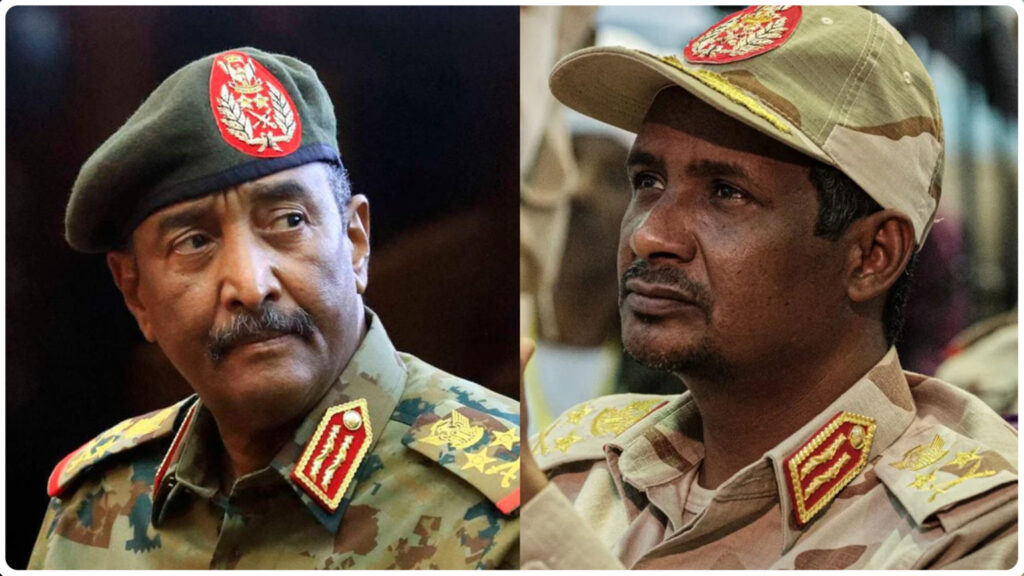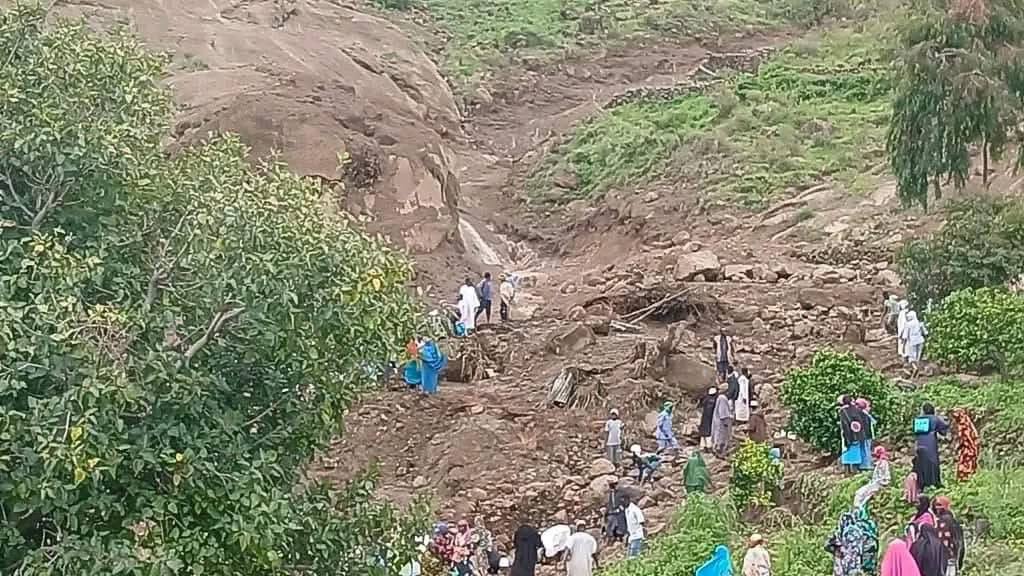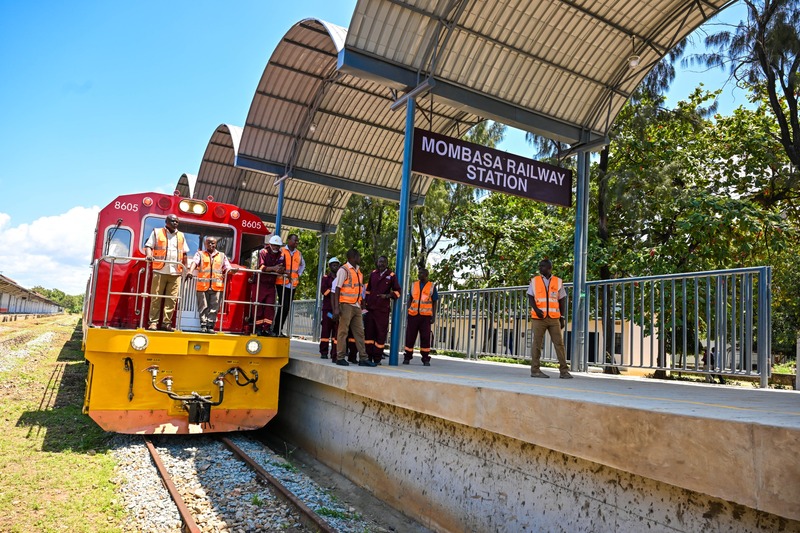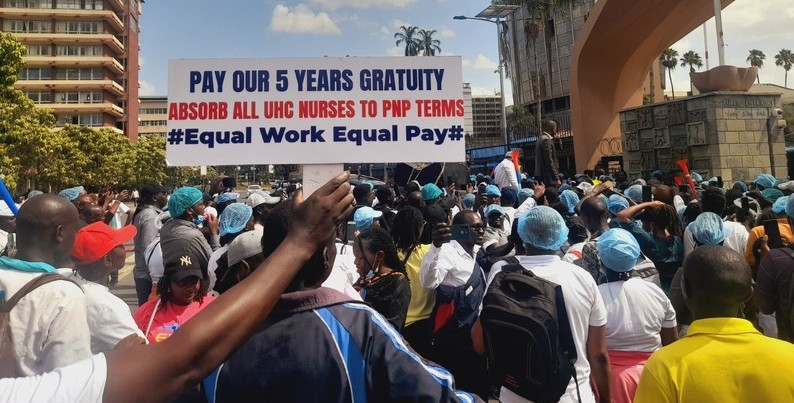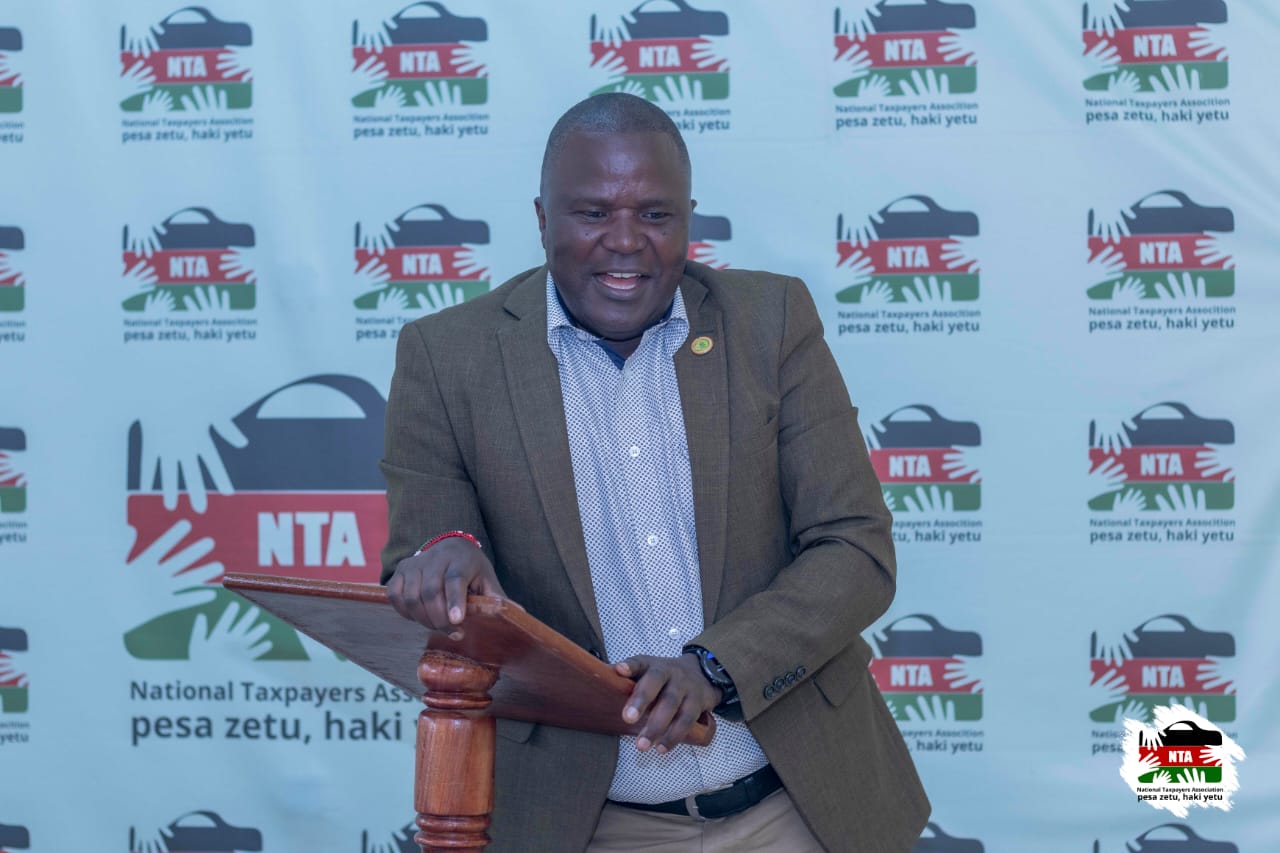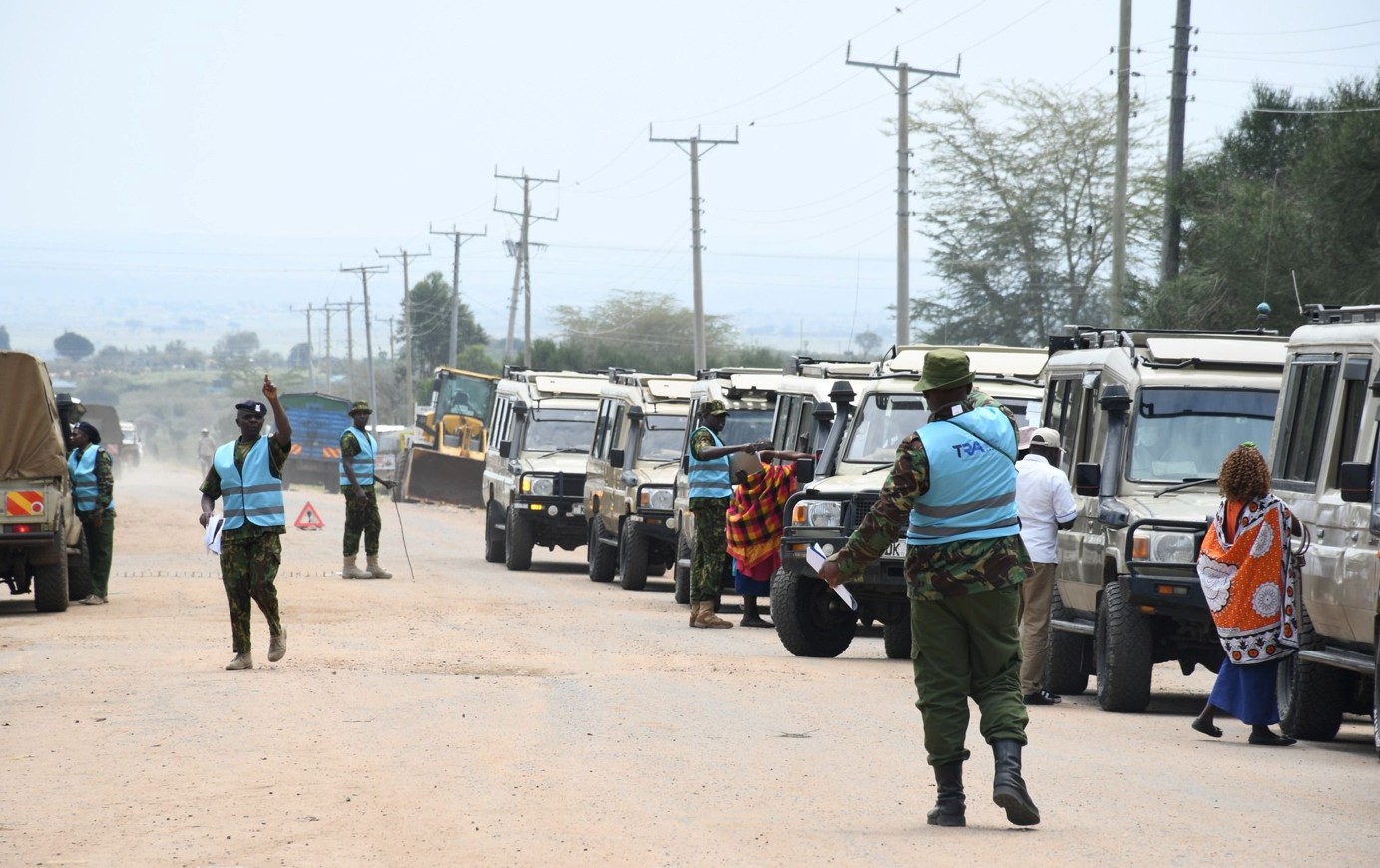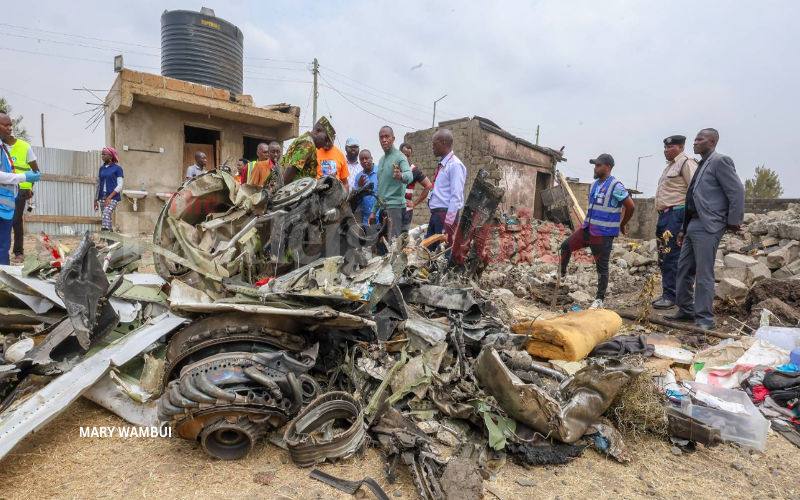Somalia's new mission faces similar challenges as its predecessor
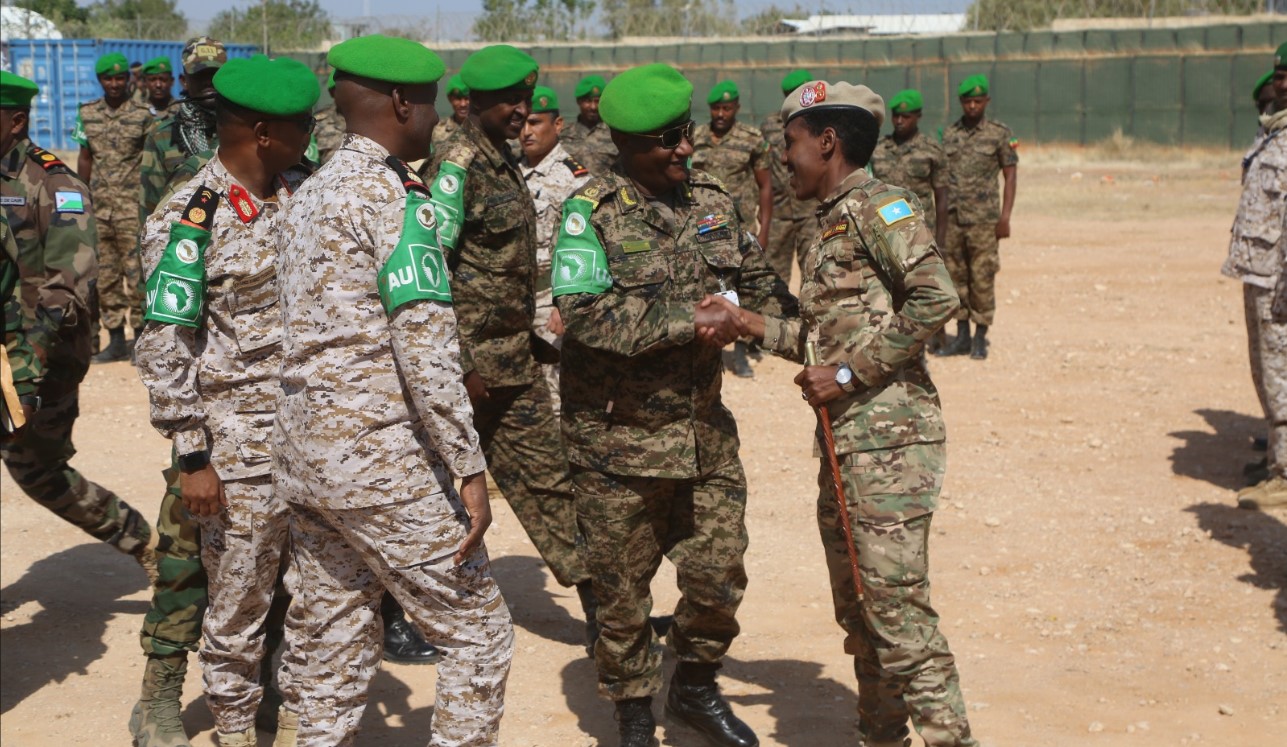
The force entered the theatre without adequate funding and troops following the lingering stalemate over which states would be allowed to send troops to Somalia.
As the attention of the world focuses on the events happening in the Eastern Democratic Republic of Congo (DRC), the threat of terror remains rife in the Horn of Africa region, particularly in Somalia where a new mission has just completed its first month in operation.
The African Union Support and Stabilization Mission in Somalia (AUSSOM) became legally operational effective on January 1, 2025, following the December 27, adoption of the UN Security Council Resolution 2767.
More To Read
- AFRICOM Commander Dagvin Anderson begins East Africa tour in Somalia
- Egyptian military delegation in Mogadishu as Cairo prepares troop deployment to Somalia
- Somalia welcomes first Egyptian troops for new AU mission
- Why Kenya is seeking external support for counter-terrorism operations in Somalia
- A two-way street: Reversing brain drain in Somalia
- Change of guard at AFRICOM as General Anderson assumes command
The force entered the theatre without adequate funding and troops following the lingering stalemate over which states would be allowed to send troops to Somalia.
The new mission however notes that it will prioritise on protection of civilians as troop alignment from the African Union Transition Mission in Somalia (ATMIS) to AUSSOM continues till June this year.
This lack of troop alignment however leads to a lack of clarity on the mission's unified operational set-up, command and control. Consequently, the kind of operational and logistical support the mission requires remained uncertain and this is the case to date.
"First, if the lack of consensus between Somalia and Burundi persists and Burundi over troop allocation persists and Burundi leaves, AUSSOM will lose the operational knowledge and experience that Burundi built (with heavy price) owing to its participation in the AU mission in Somalia since 2007. This departure of experience may mean increased vulnerability of the mission," Amani Africa, a Pan-African think tank observes.
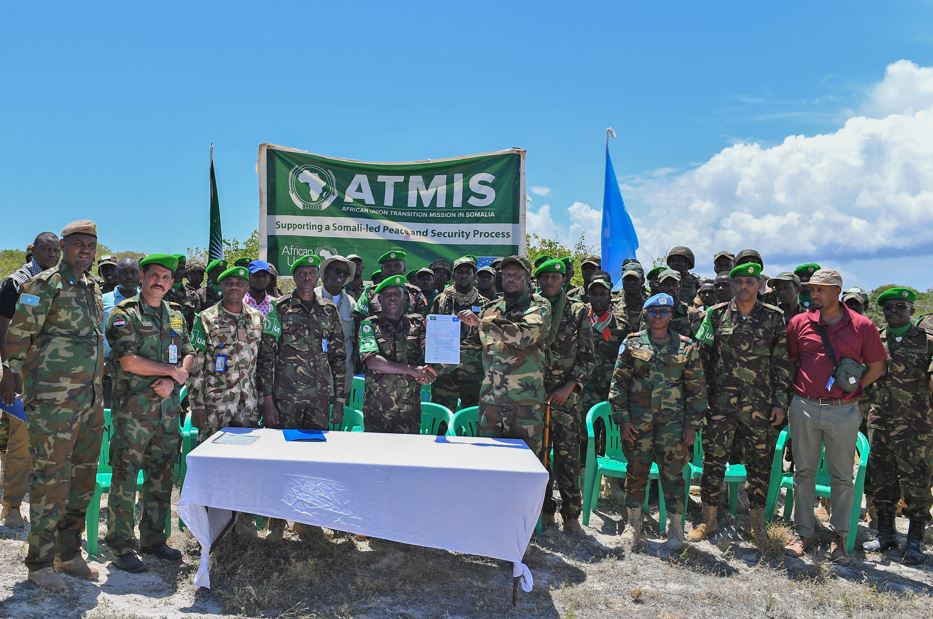 The Sector Two Kenya Defence Forces serving in ATMIS officially handing over the Burgavo Forward Operation Base located near the Kenyan coast to the Somali National Armed Forces in Jubaland. (Photo: ATMIS)
The Sector Two Kenya Defence Forces serving in ATMIS officially handing over the Burgavo Forward Operation Base located near the Kenyan coast to the Somali National Armed Forces in Jubaland. (Photo: ATMIS)
Geopolitical tussle
At the same time, the think tank adds that AUSSOM got entangled in a geopolitical tussle that arose from the tension that erupted between Somalia and Ethiopia over the Memorandum of Understanding the latter signed with Somaliland for securing access to the sea.
"The ensuing disagreement over the continuation of Ethiopia as a troop-contributing country meant that AUSSOM was declared operational without settling the question of troop contributors. It was also in this context that Egypt emerged into the scene proposed to be the new troop contributor to AUSSOM, raising fears of this injecting the tension over the Nile into the AUSSOM ecosystem," the think tank adds.
With this state, the mission risks replicating the mandate of its predecessor which was tasked with the handover of security responsibility to the Somali National Forces (SNF). Its mandate however is heavy on supporting SNF to develop capacity to fully take charge of Somalia's security.
Another challenge that the mission faces is its exposure to Somalia's local and external politics.
"For AUSSOM, AU took a backseat. In its place, the host country, Somalia, took the lead in negotiating the 'bilaterally' contribution of troops to AUSSOM. The result is that the process of operationalisation of AUSSOM has become much more politicized than AMISOM/ATMIS, thereby creating the risk of reduction of the effectiveness of AUSSOM," the organisation notes.
"During its 1238th session, the PSC directed 'Chairperson of the African Union Commission to liaise with the Federal Government of Somalia, as the host country, on the composition of the Mission.' It was only on January 23 that the AU Commission convened the meeting of states that expressed interest to contribute troops to AUSSOM, namely Burundi, Djibouti, Egypt, Ethiopia, Kenya and Uganda."
The combination of the old and relatively new challenges therefore means that AUSSOM emerges not only into a more difficult beginning but also faces a more uncertain prospect than ATMIS.
AUSSOM's numbers are expected to drop periodically from an initial contingent of 12,626 uniformed personnel inclusive of 1,040 police officers to 11,828 uniformed personnel consisting of 85 civilians after the first six months.
Eventually, the mission is slated to exit Somalia in December 2029 having also supported the stabilization of the country and trained the national police force.
Top Stories Today

